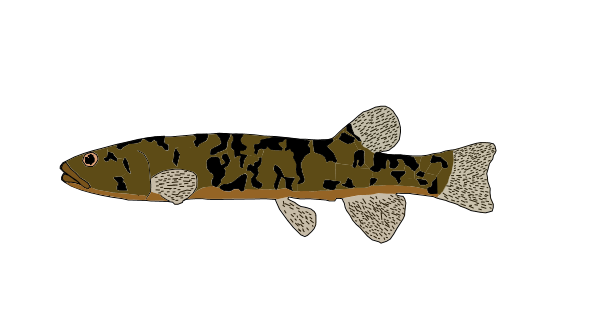Facts About Pedder galaxias
The Pedder galaxias, a freshwater fish native to Australia, has been officially declared extinct in the wild since 2005 under the Environment Protection and Biodiversity Conservation (EPBC) Act. This fish was originally found solely in Lake Pedder, Tasmania. However, following the construction of the Huon-Serpentine dam in 1972, its habitat range expanded to include Lake Gordon and the Wedge River. Unfortunately, by 1980, the Pedder galaxias had become exceedingly rare, with no wild specimens recorded since 1996. The introduction of trout is believed to have significantly contributed to its decline. Today, the Pedder galaxias survives only in two translocated populations outside its original habitat.
This small fish is greenish-brown with an off-white to silvery belly, featuring a unique pattern of alternating off-white and brownish bands. It can grow up to 160 mm in length. The Pedder galaxias preferred environments with shallow waters, sandy beaches, aquatic vegetation, swamps, and areas with low water velocity rich in organic debris and vegetation.
The Pedder galaxias primarily fed on small invertebrates, including arthropods, aquatic insect larvae, crustaceans, and terrestrial insects like beetles, flies, and cicadas. The species has been listed as endangered by the International Union for Conservation of Nature (IUCN) since 2019 and classified as extinct in the wild since 2005 under the EPBC Act.
Regarding reproduction, female Pedder galaxias are generally larger than males and exhibit distinct differences in their genital papilla. Spawning takes place in spring (October) when water temperatures range between 6.7 and 7.5 °C. During this period, females lay between 150 and 1,200 eggs, each measuring about 1.9 to 2.3 mm in diameter once they are water-hardened.
